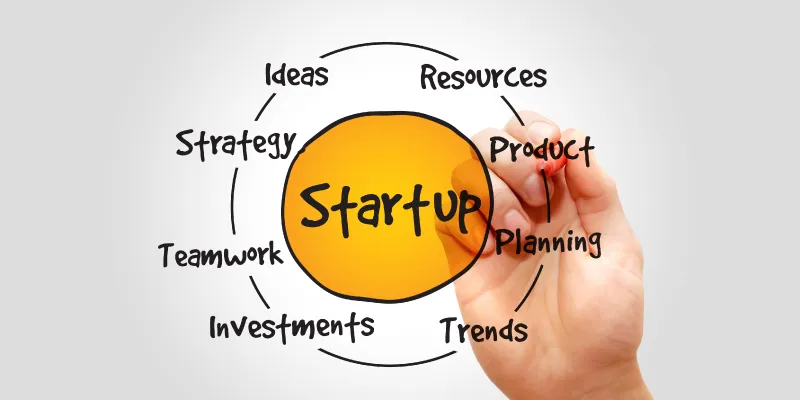The making of an entrepreneur — insights from the 12th India Innovation Summit
The recent 12th edition of the India Innovation Summit, hosted by the Confederation of Indian Industry (CII), was remarkably different from the previous ones. For many years, there were corporate leaders sharing their practices on innovation and R&D with sizeable presentations, and there were a few businessmen talking on the margins. However, this time, it was a break from the tradition. Firstly, no one used a presentation to make a point. Secondly, the event saw entrepreneurs, at various stages of their journeys, engage in insightful conversation.
Seldom do you come across so many entrepreneurs under one roof, and that too, engaging in structured conversations. Here is an attempt to capture some of the most salient takeaways from the two days.

Entrepreneurs seldom wait for the ecosystem to be developed
While as a ritual there was the inaugural ceremony of the summit studded by government officials and some tall promises, it soon became clear that the real entrepreneurs never waited for any subsidies, infrastructures, government policies, or support, but rather they plunged. There remains a perennial debate as to what comes first, the entrepreneur, or the ecosystem. It only has become apparent that, in India at least, entrepreneurs neither wait for the ecosystem to emerge, nor seem to complain. In the words of Shradha Sharma, Founder of Your Story: “Don’t look for the answers outside. Look within.”
Every enduring business calls for a stickiness factor
Business schools, world over, incessantly feed their students with the notion of ‘first mover advantage’, but in reality, it’s often the late entrants that make it big. Especially, when the environment is dynamic, and there is discovery to happen, the first movers have a tough time clinging on to their early success.
What does it mean for category creators, or first movers in general? It is an imperative that the first movers create a clear stickiness factor, either for their customers, or suppliers, or employees, or the business model, which is not only difficult to copy, but more importantly, tough to decipher.
Plunging blindly is not always advisable
Though there are several advocates of ‘just do it’ philosophy of entrepreneurship, seldom do such people talk about survivor bias, or the people who didn’t make it after all. While plunging blindly has a certain sense of charm to it, it rarely works. Most businesses call for certain level of discovery, either in terms of customer, the channels, value propositions, revenue means, and employee, amongst others.
Through most of the serious discussion it emerged that entrepreneurs do perform their homework. Even if to the world they seem to have taken the plunge, the successful ones have the ability to quickly learn and change the course. Assessment of the marketplace helps uncover blind spots, if not altogether help address all the problems at the very outset.
Your personal experience is not reason enough to start
It’s an urban legend that businesses start with a pain area, often their own pain, and while addressing that, they end up creating a fledgling business. But experiencing a trouble first-hand is only half the story. The person also needs to have or develop capabilities to effectively address the pain point.
One must remember that most of the pain points are shared and there are several people who would have experienced inconvenience, but very few are able to create a viable business out of it. That calls for having a differential advantage, in terms of unique insights, resources, capabilities, networks, or even pure luck.
So the next time you experience a problem, answer the question — ‘why me?’ That will not only help you solve the problem in the short run, but create an enduring business.
(Disclaimer: The views and opinions expressed in this article are those of the author and do not necessarily reflect the views of YourStory.)







